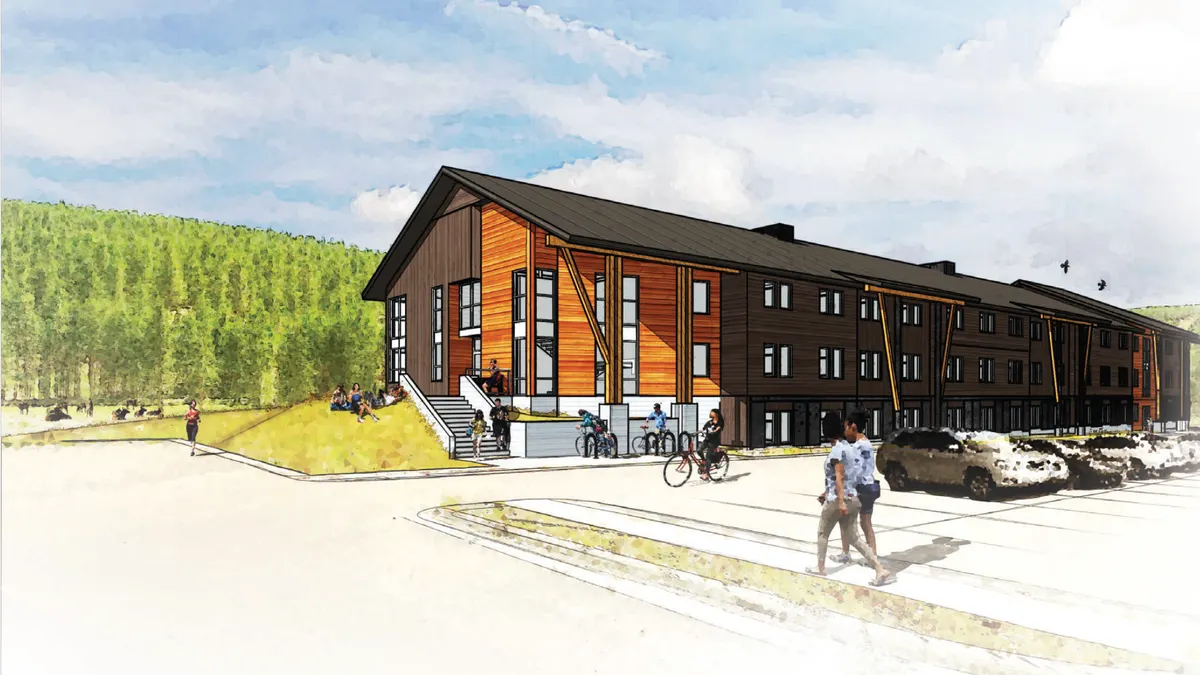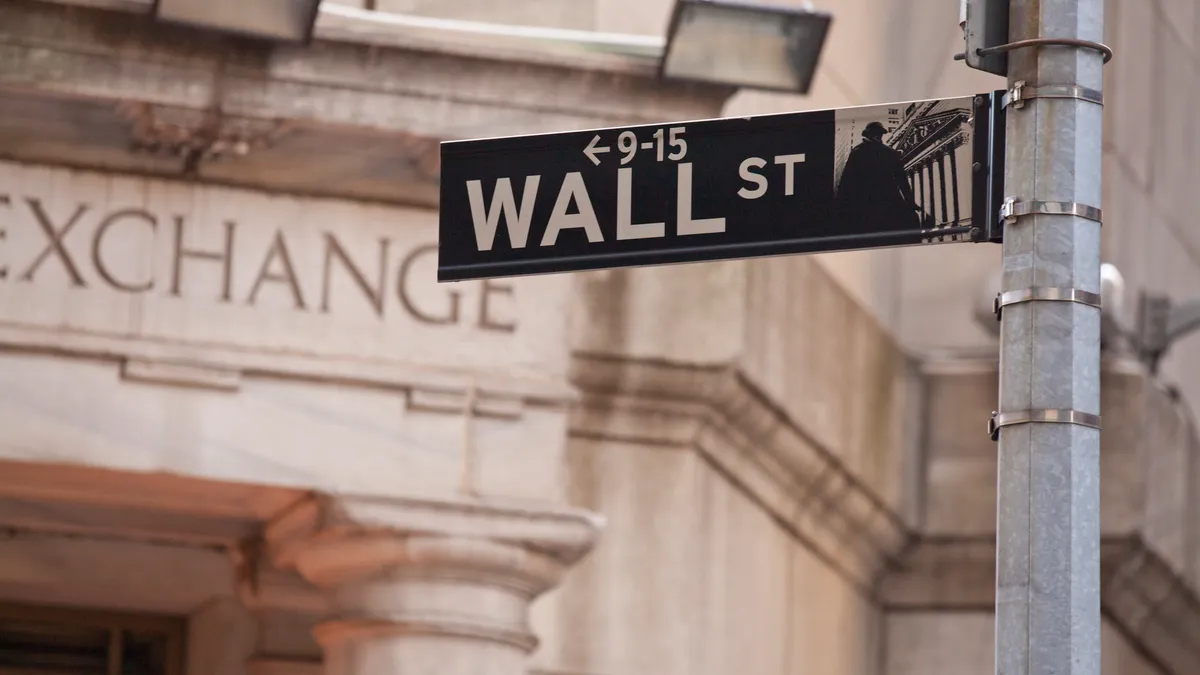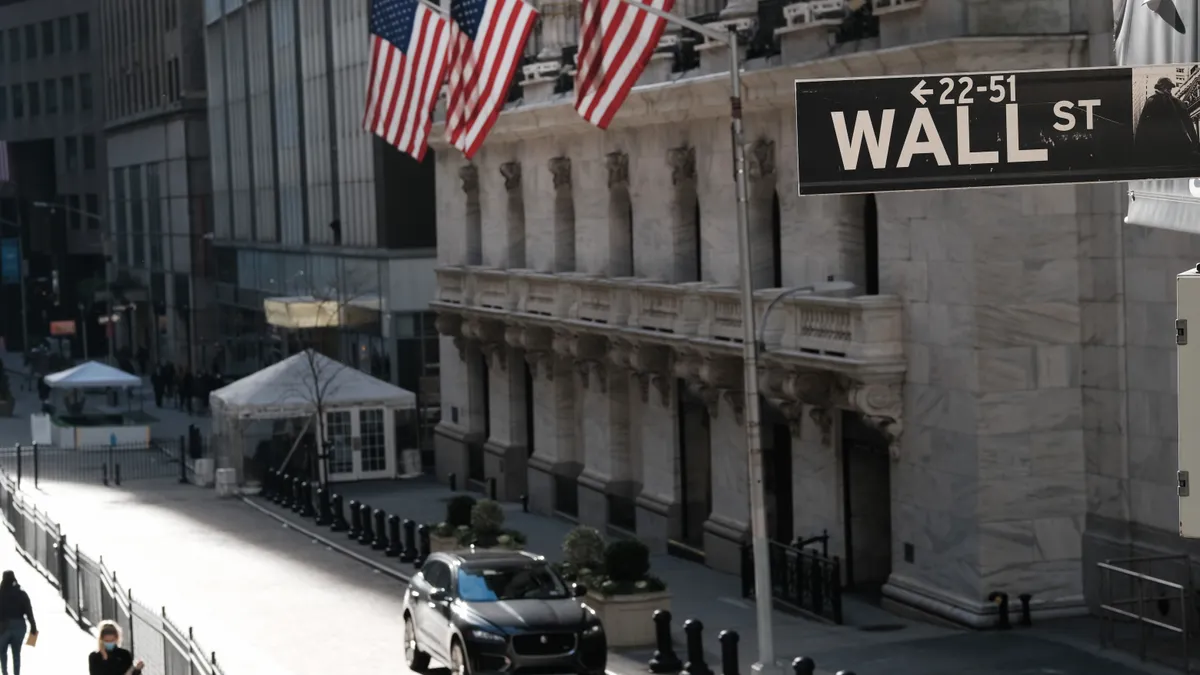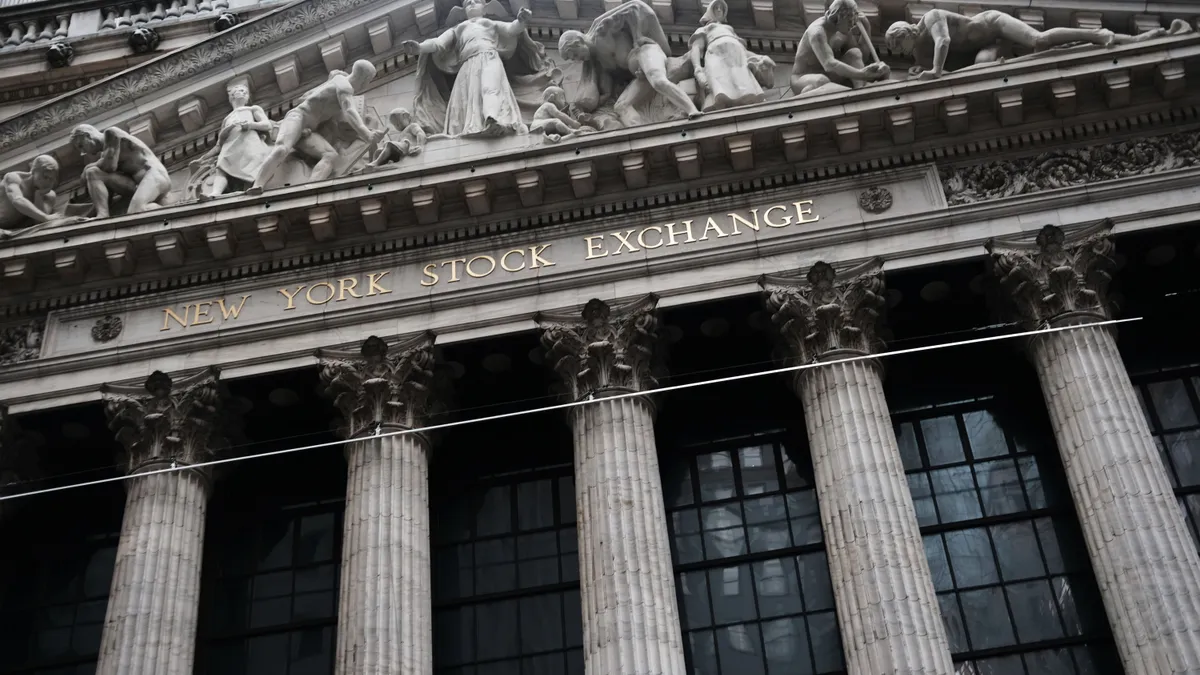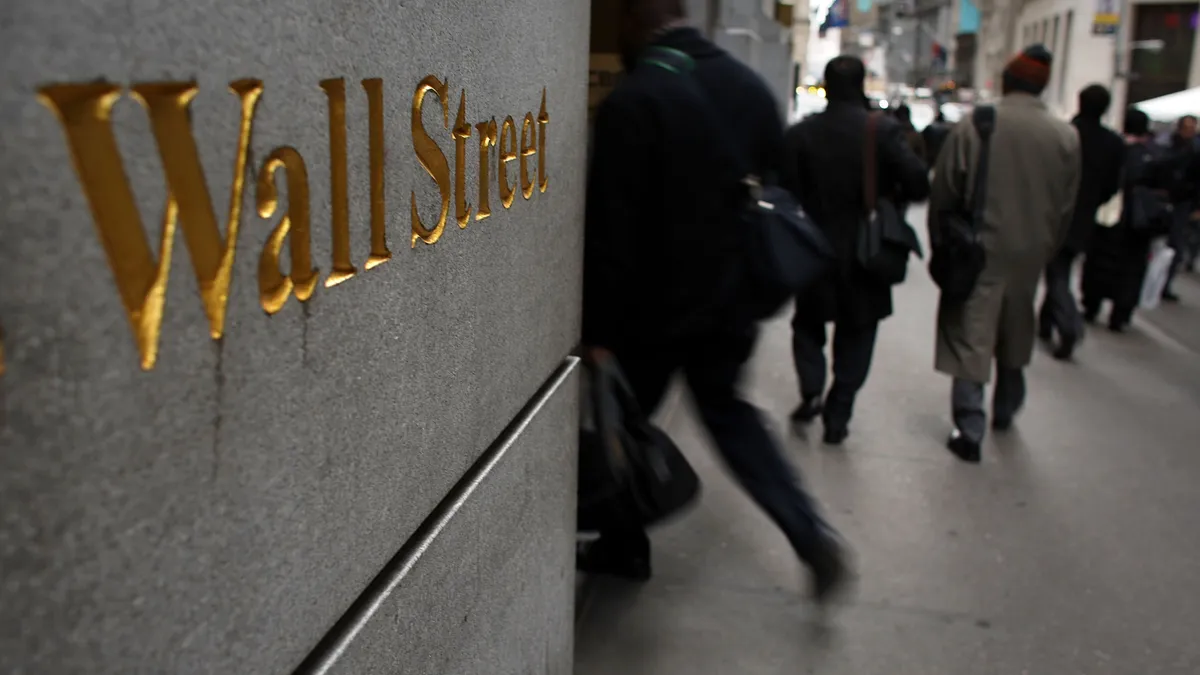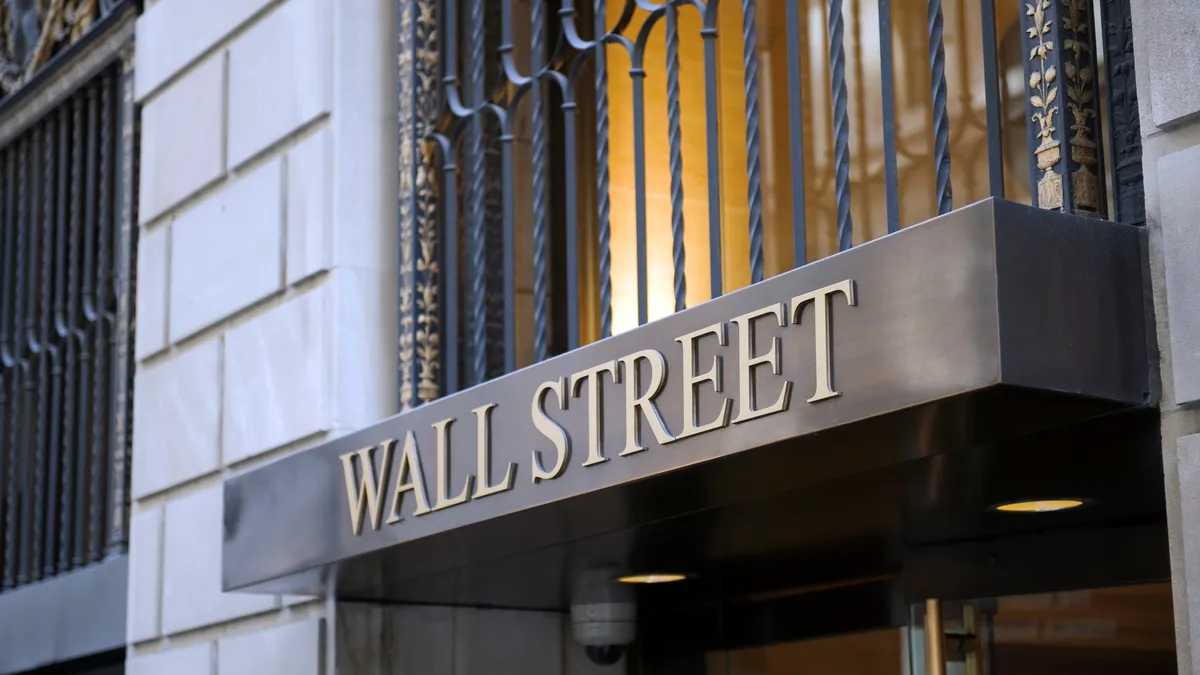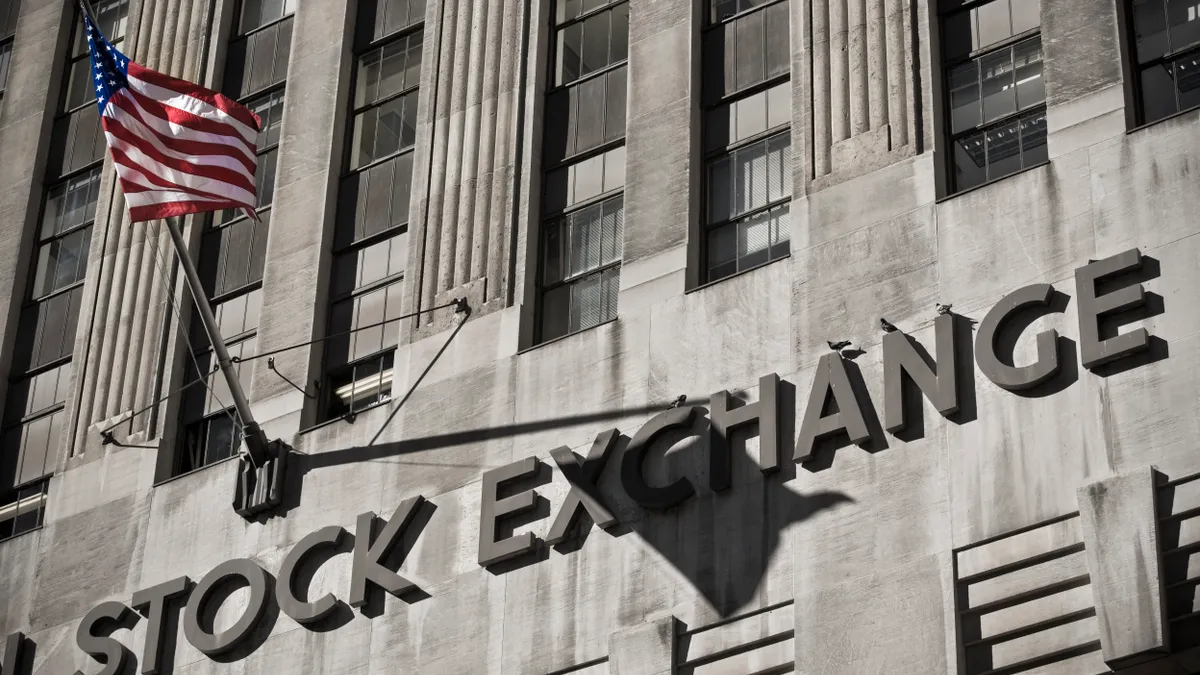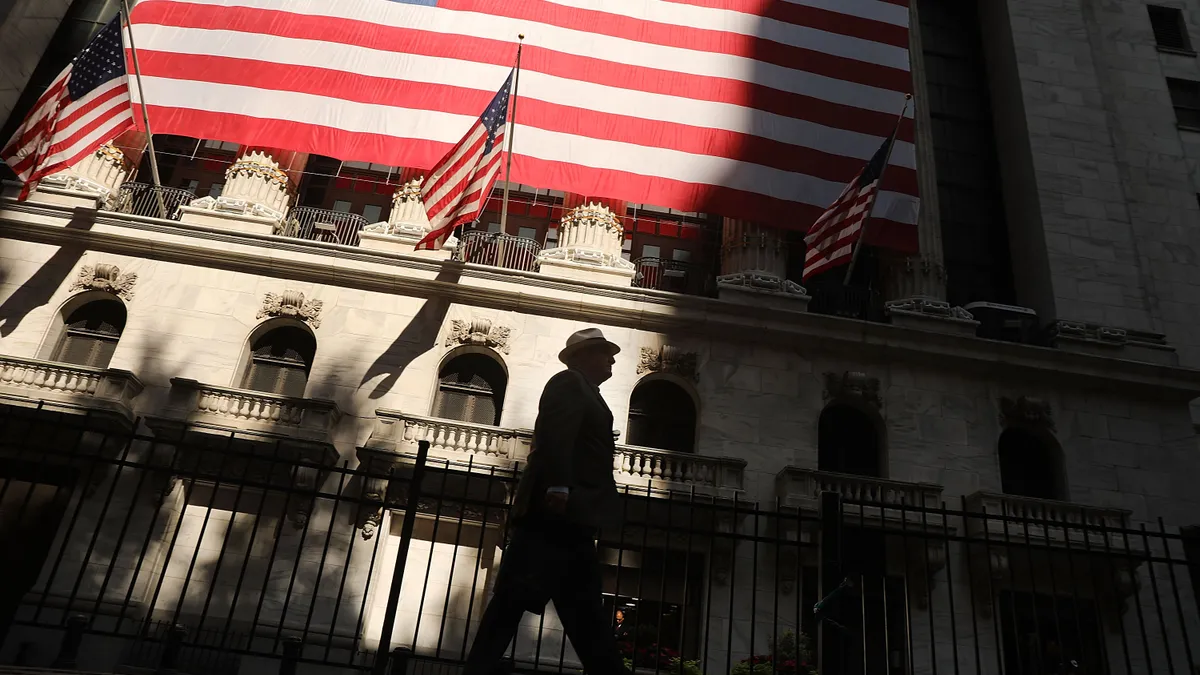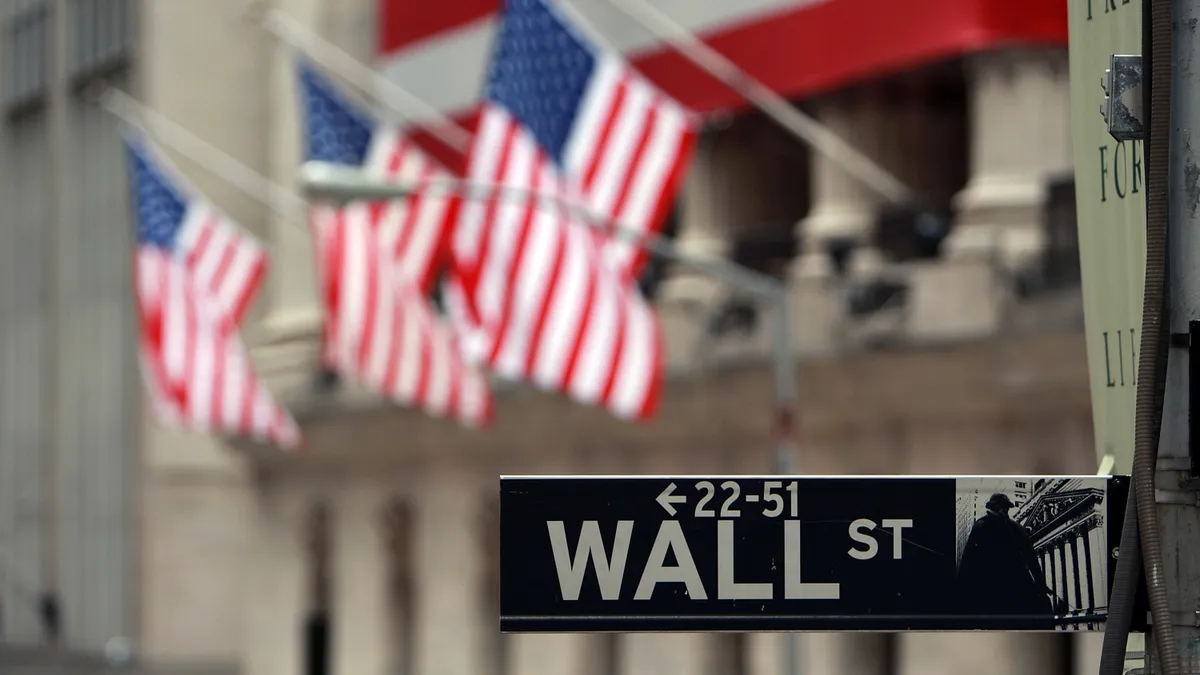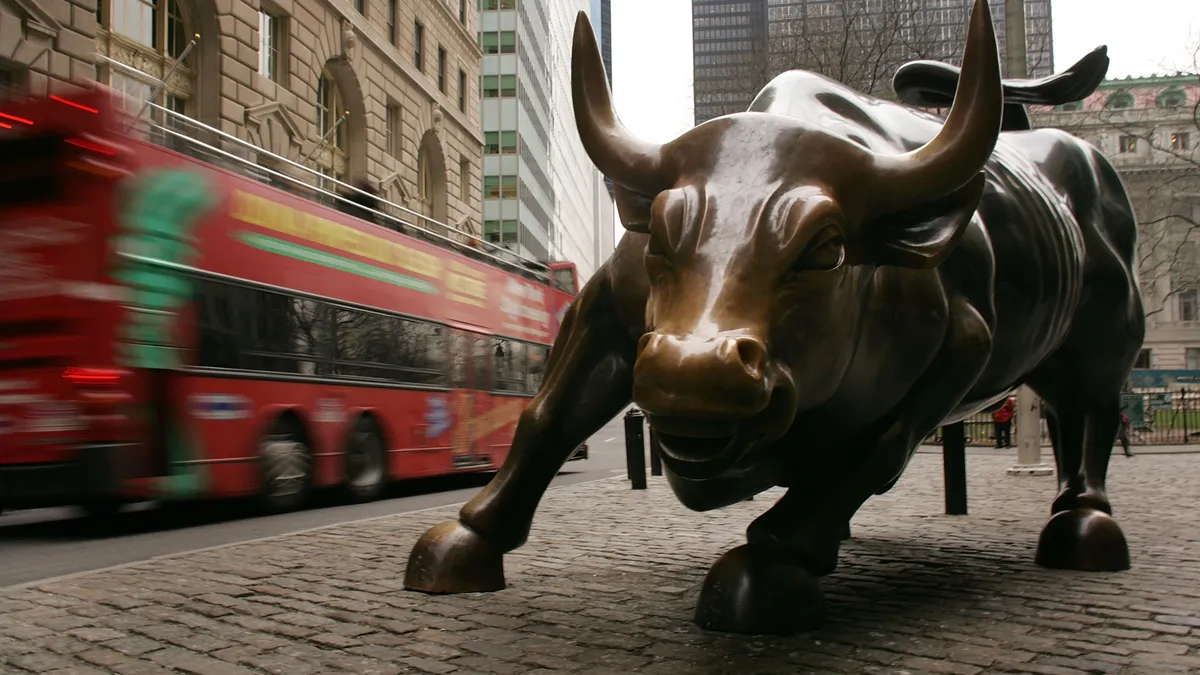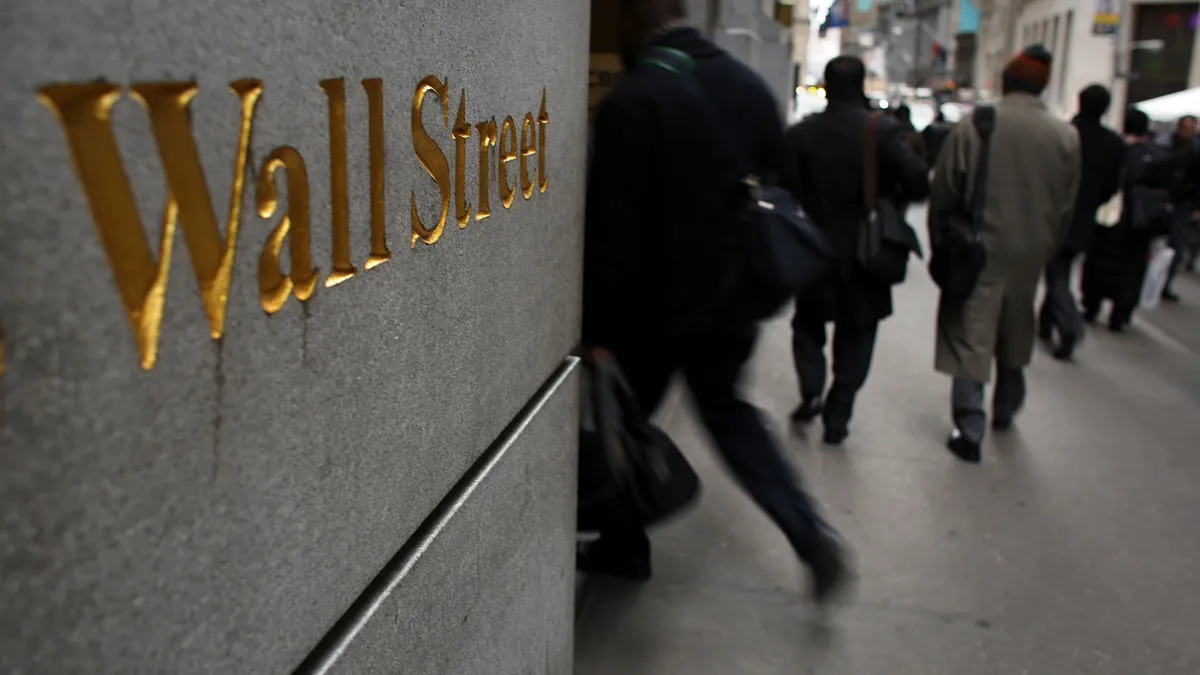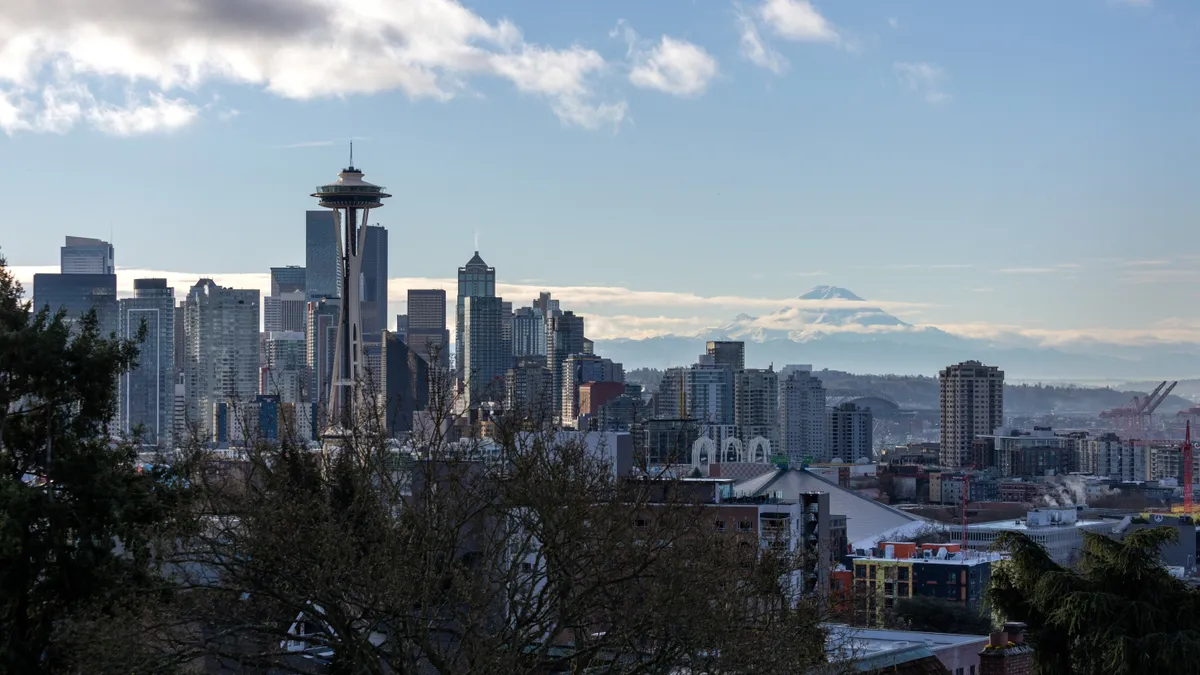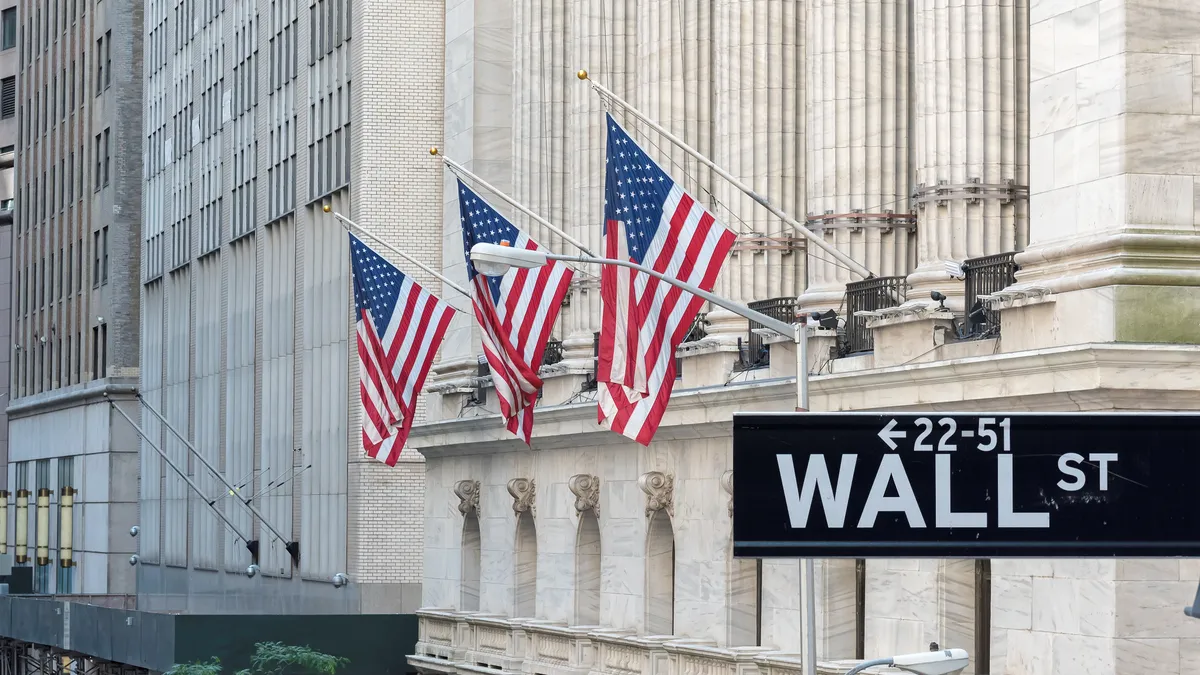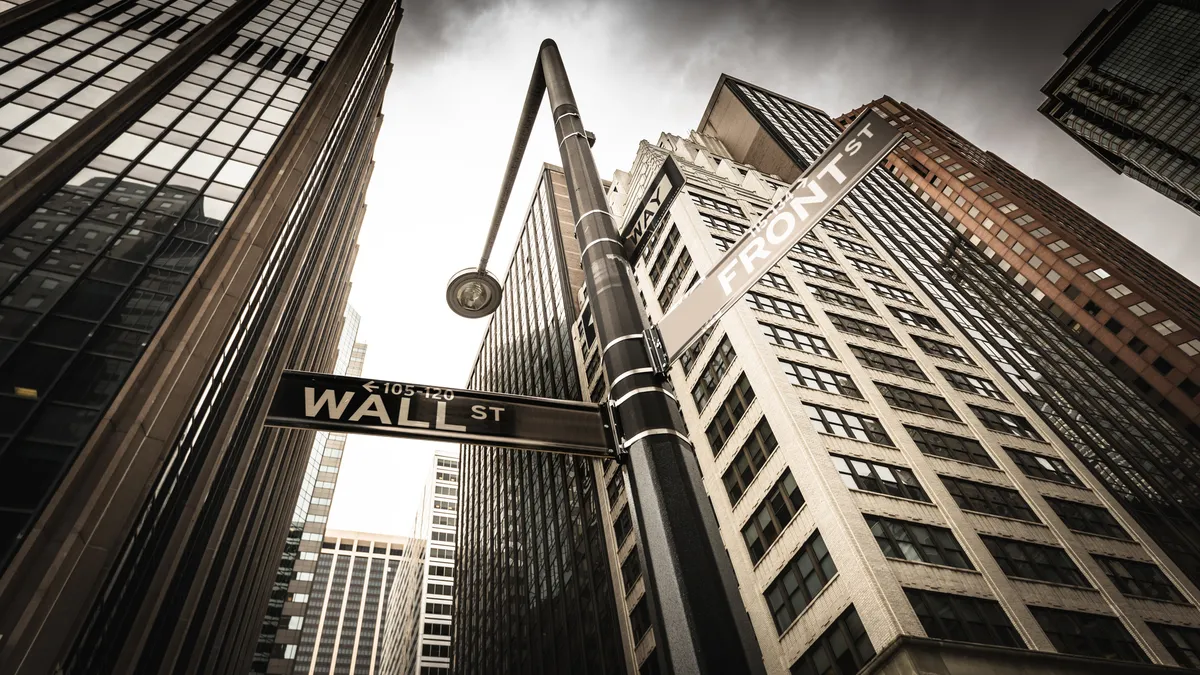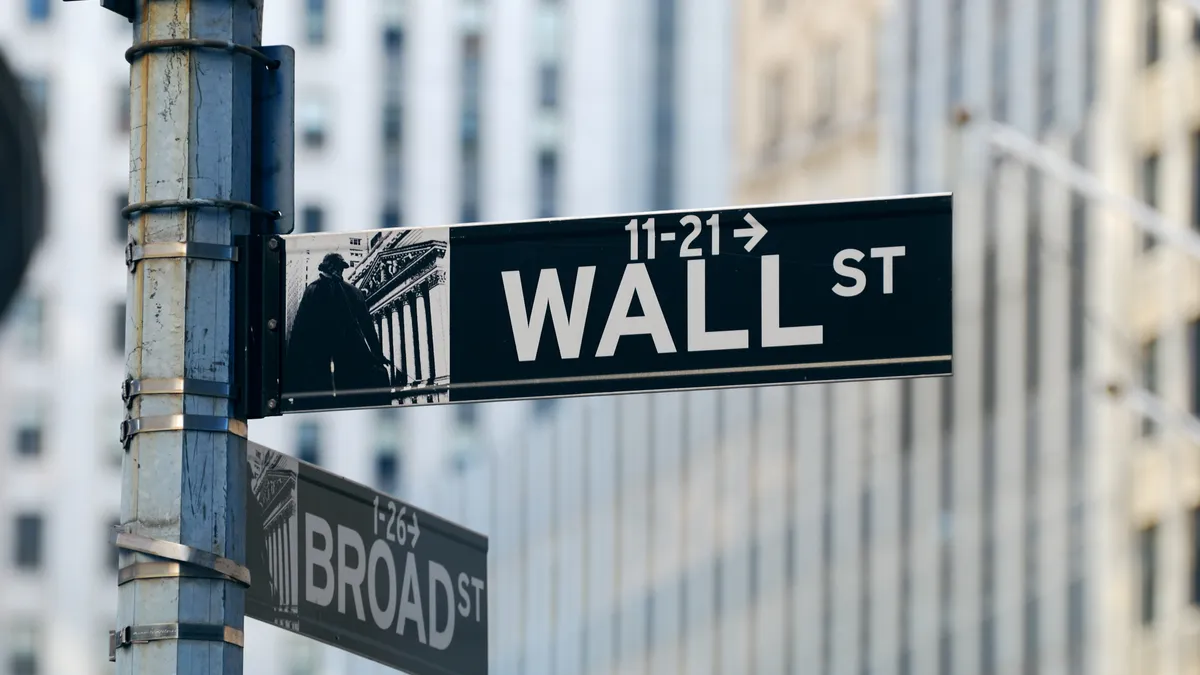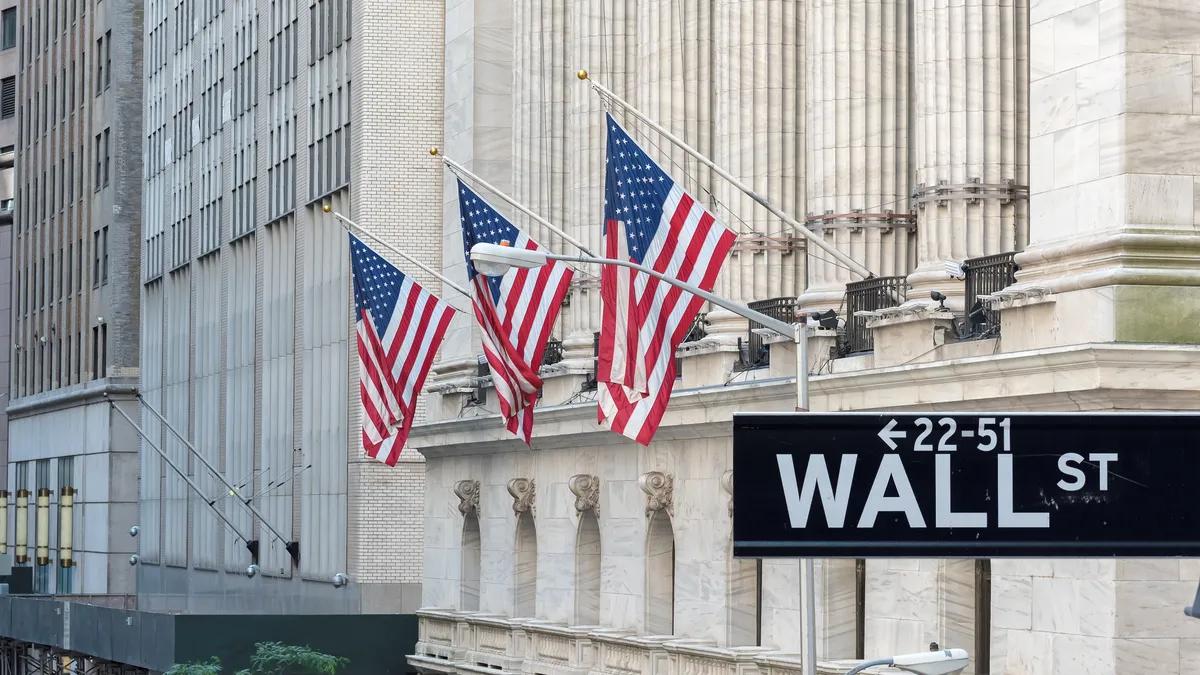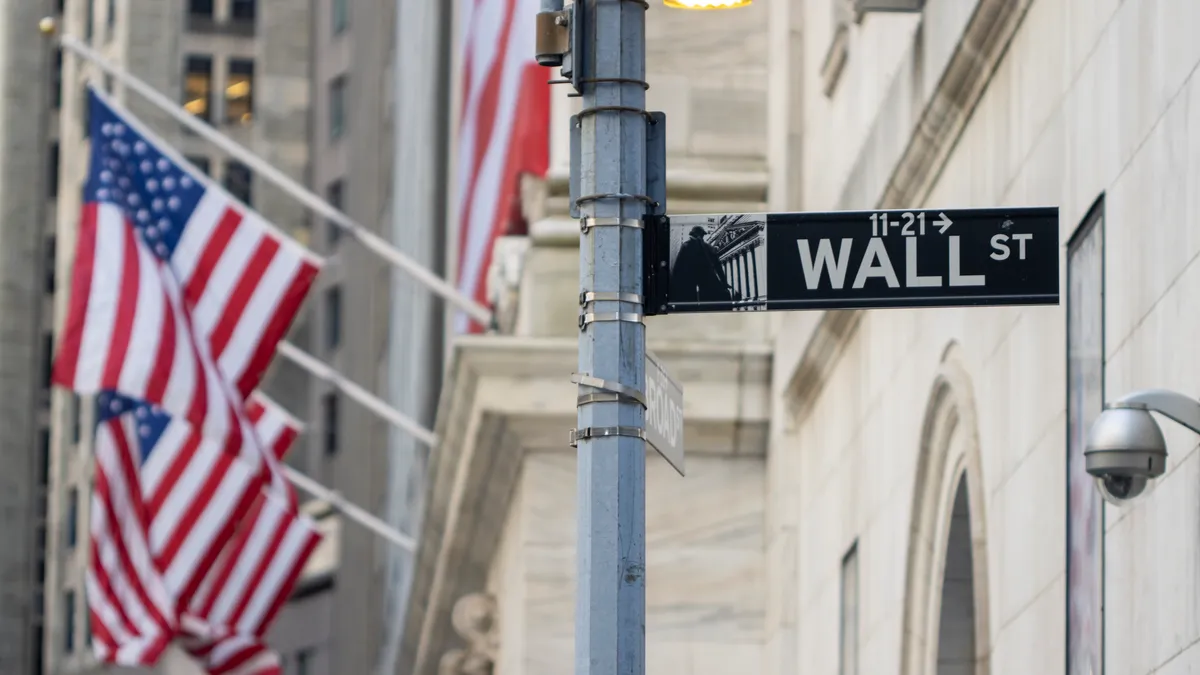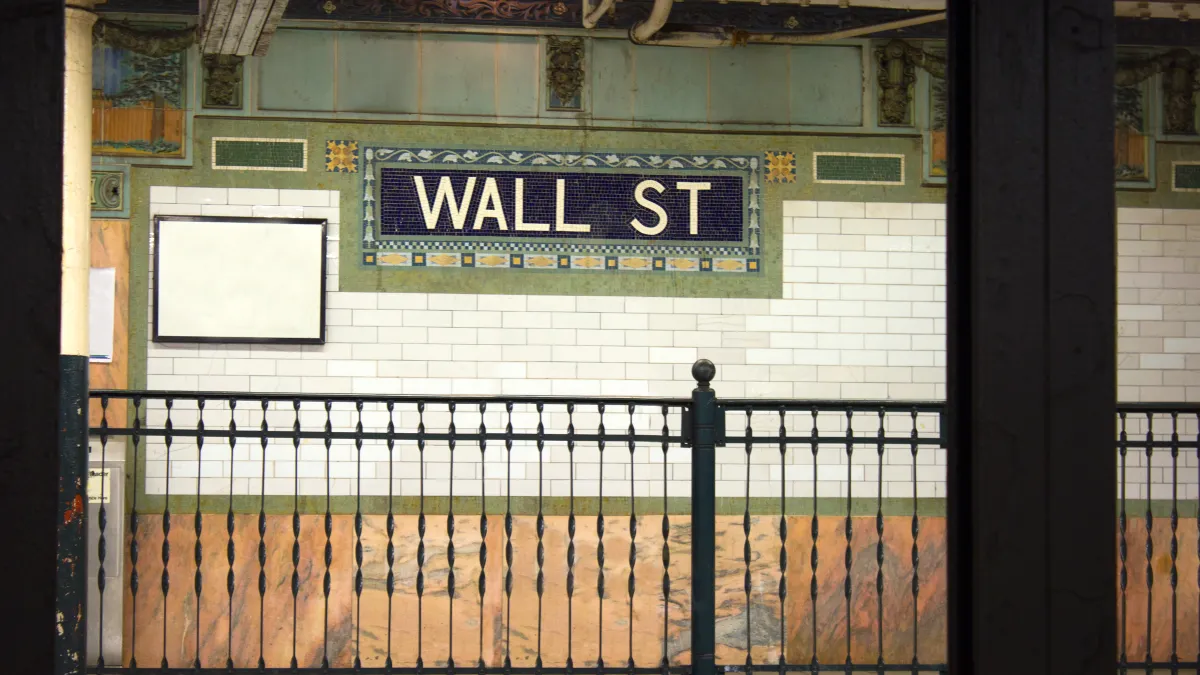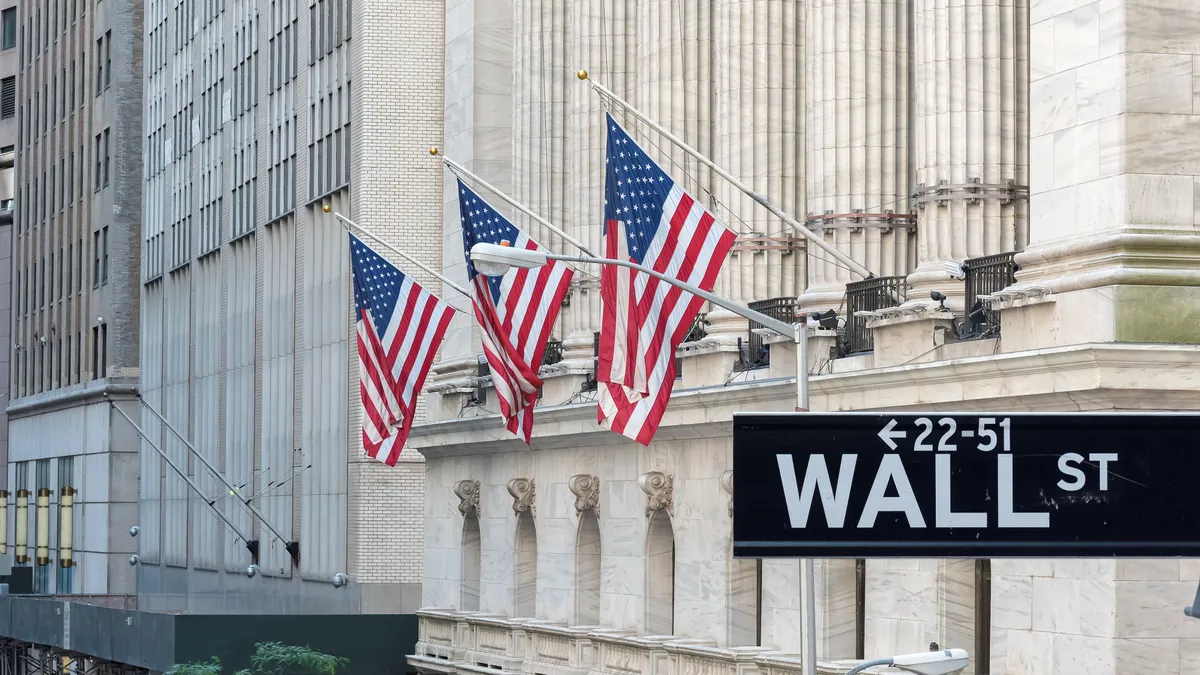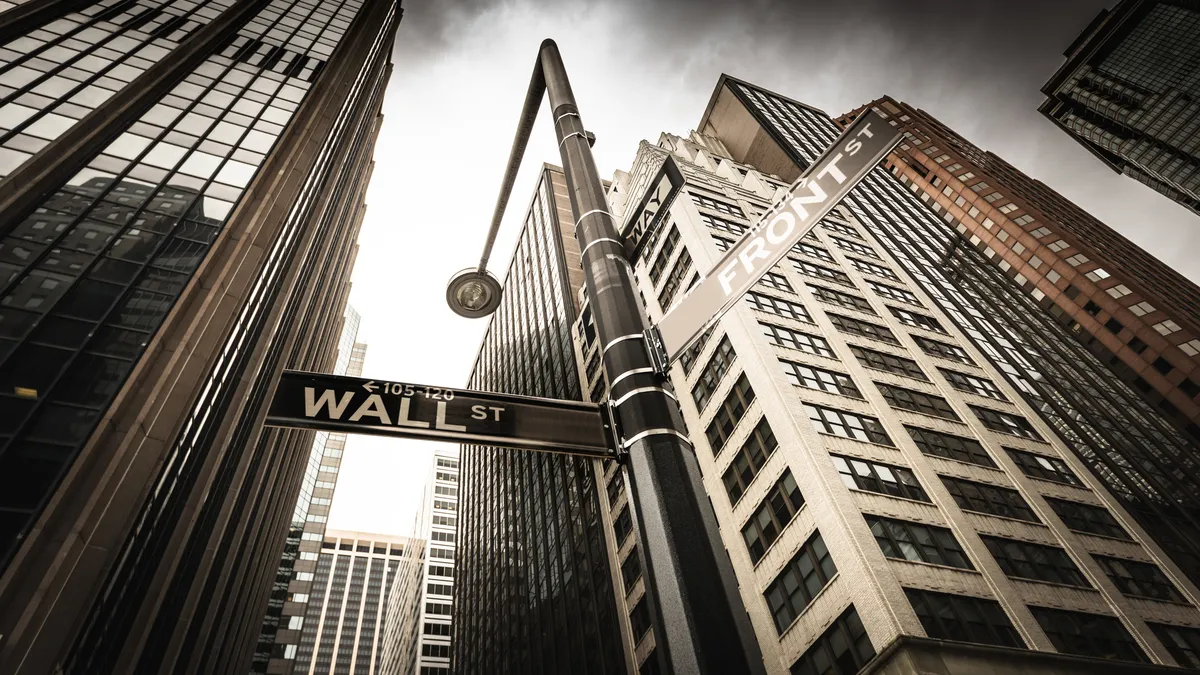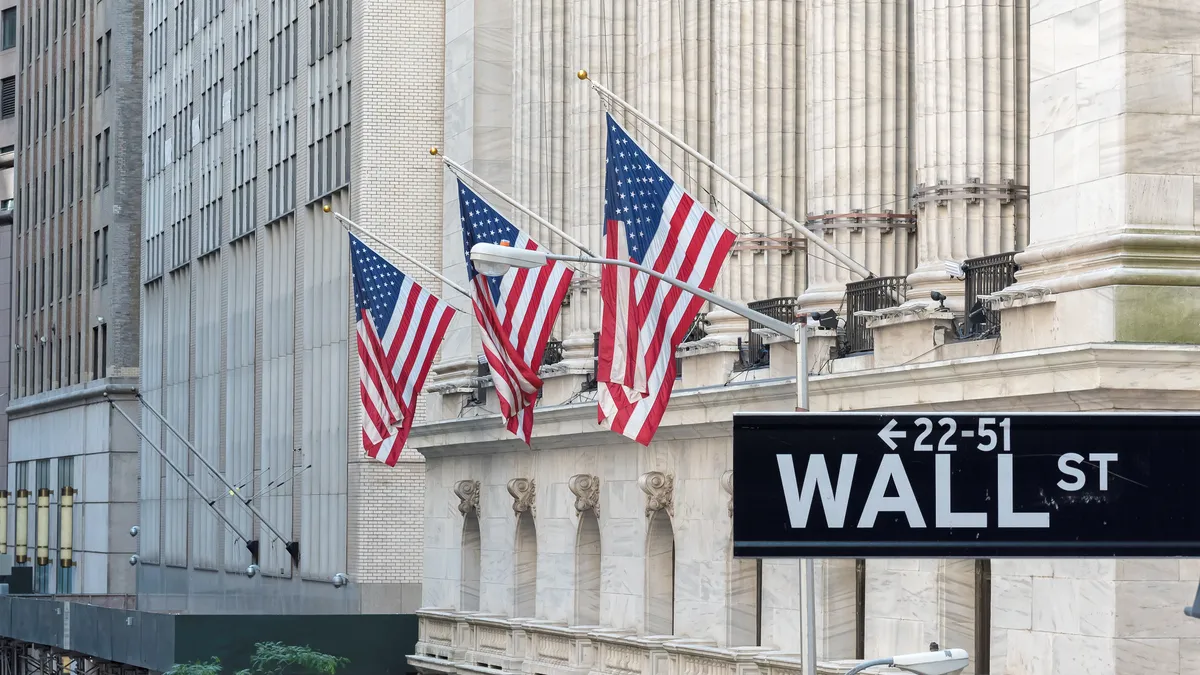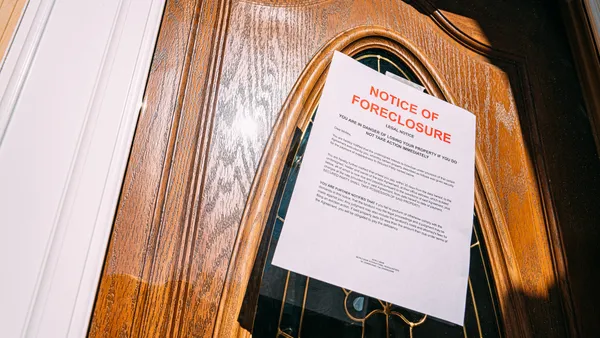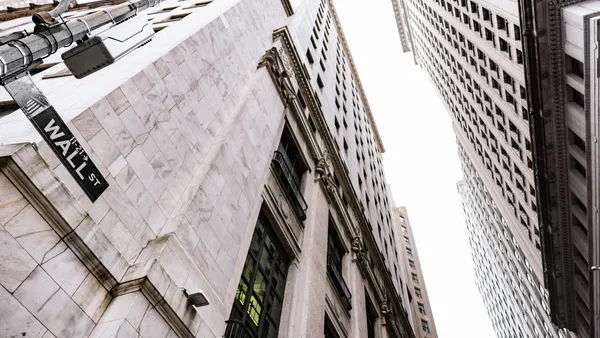For Highlands Ranch, Colorado-based REIT UDR, the beginning of the third quarter brought expectations that the advantageous supply-demand situation the apartment industry had been enjoying for a few years would continue.
Then things changed as developers of new properties in its markets began cutting prices. “Since mid-September, increased concessionary activity from new supply deliveries and lease-ups have put more pressure on our lease growth rate and occupancy across A- and B-quality communities throughout our portfolio,” said UDR’s CEO Tom Toomey on the REIT’s recent third-quarter conference call. “This dynamic and its impact on our B-quality communities, in particular, was unexpected and unprecedented in my 30 years in the multifamily industry.”
Supply was a constant theme on UDR’s earnings call. Here are three other highlights from its Q3 release and call:
Discounts galore
Even with the concessionary pressures and reduced guidance, 2023 is still shaping up to be a solid year overall for UDR. The company’s occupancy rate is stable, holding at 96.7% year over year, and it is still posting renewal lease growth above 4%.
However, the slowdown that began in mid-September brought weaker traffic, lower leasing volume and new lease rate growth that decelerated beyond typical seasonal norms. “We have seen a demand environment that continues to hold up well, but one that has been overtaken by growing concessionary pressures from elevated apartment deliveries as we entered the seasonally slower period of the year,” UDR Senior Vice President of Operations Mike Lacy said on the call.
BY THE NUMBERS
| Category | Q3 | YOY Change |
| Rental income | $18.2 million | 5% |
| Net operating income | $14.3 million | 5.7% |
| Operating expenses | $3.9 million | 3.4% |
| Funds from operations | $0.61 | 7% |
| Rent per unit | $2,542 | 5% |
| Occupancy rate | 96.7% | 0% |
SOURCE: UDR
Lacy suggested that consumers are “OK, right now,” but they suddenly have a lot of choices at discounted prices in UDR’s markets. “Buyers have become shoppers, which has pressured blended lease rate growth and occupancy across the industry,” he said.
The changes in the market forced UDR to reduce its same-store revenue and net operating income guidance ranges by 75 basis points each at the midpoint for 2023. In 2024, Lacy predicts rent growth will fall below the company’s long-term average of 3% due to elevated deliveries.
“We expect this concession-heavy dynamic to continue throughout the fourth quarter and into 2024,” he said.
Regional dynamics
Though UDR is facing elevated supply in all of its regions, the coastal markets appear to be in better shape. New York City and Boston, which provide about 20% of the REIT’s NOI, are two of its strongest markets with average third-quarter occupancy at 96.7% and nearly 7% YOY same-store revenue growth, according to Lacy. “Minimal competitive new supply and high levels of demand continued to support pricing power with blended lease rate growth of nearly 4% during the quarter,” he said.
On the West Coast, occupancy sits in the mid-to-high 96% range. Orange County, California, which is UDR’s second biggest market, saw YOY occupancy jump 70 bps and NOI grow 7% during Q3. However, concessions are an issue in other markets in the region. “While we are currently averaging three weeks of rent concessions across our San Francisco portfolio, it is not uncommon to find four to six weeks of free rent in the market,” Lacy said.
As other REITs have reported, the Sun Belt is proving to be home to the most challenging markets. UDR’s new lease growth has fallen 3% to 6% in the market, which Lacy said equates to a three-week concession. Still, he said job growth and traffic volumes show that demand is solid and absorption is positive.
“However, because of the multitude of new options available to residents, renters have been willing to shop more,” Lacy said. “We expect Sun Belt supply deliveries will remain elevated in 2024, which should continue to constrain pricing power across the region.”
Operational focus
In an environment where the fundamentals are declining, UDR will lean on two initiatives to increase revenue, improve resident retention and expand its operating margin: building-wide Wi-Fi across its portfolio and improving customer service. “While we cannot control macro factors that impact our business, such as interest rates, inflation and job growth to name a few, we are focused on what we can control,” Toomey said.
UDR is achieving incremental revenue of $50 per month per apartment home at a nearly 75% margin on its wireless initiative, according to Lacy. “We expect to end 2023 with community-wide Wi-Fi installed across roughly 20,000 units, with additional rollouts planned through 2025,” he said.
The REIT is also working on a customer experience project that should reduce turnover, according to Lacy. “We've spent the last two years analyzing nearly a decade's worth of leasing data and resident interactions across every possible touchpoint,” he said. “From this, we built real-time resident-specific experience dashboards and found that 50% of our turnover is controllable.”
UDR’s turnover has been above its apartment REIT peer group, but it is working to identify resident and property-specific problem areas. Lacy said every 100 bps of improved retention means $2.5 million of higher NOI.
“Over the coming years, the tangible effects of our efforts should be evidenced by lower turnover, as well as higher occupancy, expense savings, increased other income and improved pricing power,” Lacy said.
Click here to sign up to receive multifamily and apartment news like this article in your inbox every weekday.





